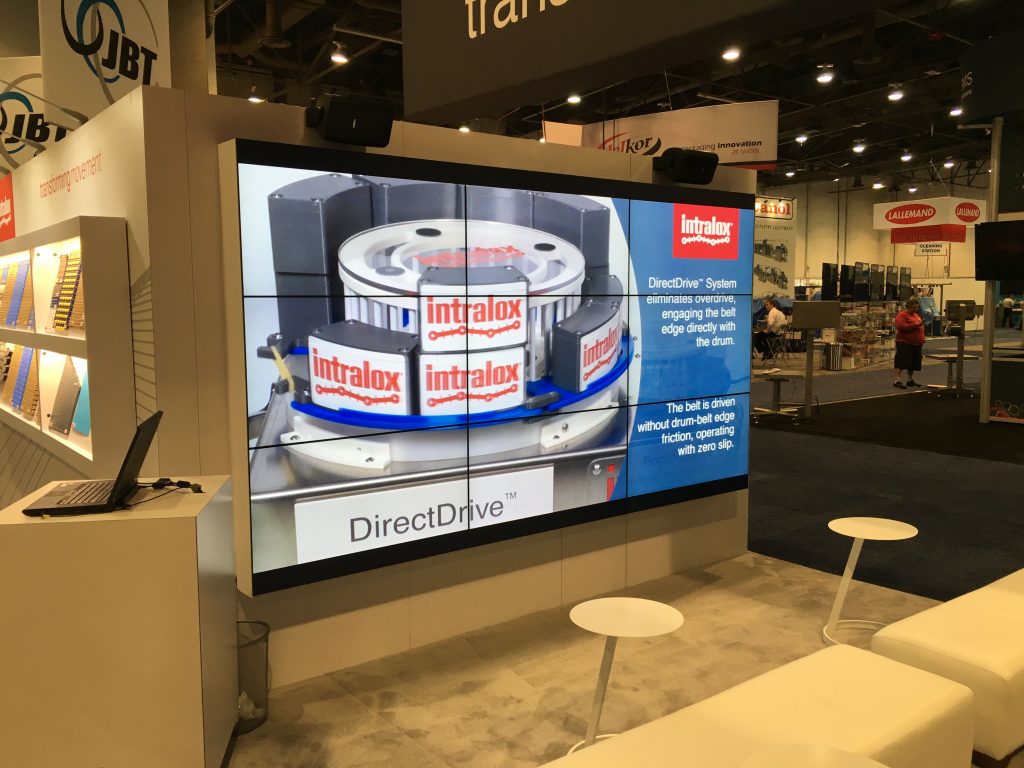LED wall panels are increasingly popular across various environments, including residences and businesses as well as public spaces. These panels are recognized due to the bright and dynamic displays, that render these suitable to communicating information, advertisements, and entertainment. However, comprehending brightness illumination levels for Light Emitting Diode panel screens remains crucial for guaranteeing ideal visual efficacy. Illumination can be quantified using metrics known as candelas, which indicate how much light is emitted from the panel. The greater the quantity in candelas, the brighter more luminous the visual will be. For, example, a screen with 1,000 candelas is significantly brighter compared to a featuring five hundred candelas, rendering this one better equipped for well-lit environments.

When selecting a Light Emitting Diode panel screen, one is important to take into account which setting where which it will be used. In well-lit lit areas, such as shopping malls and open-air locations, higher increased brightness level is necessary to guaranteeing clarity. On the other hand, within dimmer environments, such as theaters or conference rooms, lower lower brightness level may suffice. This is because excessive luminosity within an dark setting may lead in viewer discomfort among viewers, causing it harder to concentrate with a screen. Thus, comprehending specific particular needs for an setup site will help with selecting a suitable illumination rate to ensure optimal viewing experience.
Another important factor to consider is the contrast ratio of the LED wall screen. This ratio measurement indicates how much disparity exists between the brightest most luminous light versus the darkest black shade which a screen is able to create. A higher differential proportion means that the display can show greater clarity as well as richness, thereby improves overall visual quality. For example, one screen boasting an contrast ratio of 10,000:1 will display images with greater brilliant hues and crisper features than a with a proportion of one thousand to one. Such is especially important when displaying visuals and motion graphics which require high clarity and fine details, including slideshows and advertising content.
Moreover, the mechanism behind LED wall panels plays a essential part for the brightness and overall efficiency. Various kinds of LED methods, such as OLED as well as Liquid Crystal Display, possess unique traits which affect the way luminosity is perceived. OLED panels typically provide superior contrast as well as darker shades, which can improve a visual experience within darker environments. On the other hand, standard Light Emitting Diode visit this site right here screens may prove to be more suitable for bright spaces because of their ability for produce greater levels of brightness. Understanding such tech-related differences can help consumers in making knowledgeable decisions according to their individual requirements.
Finally, regular care as well as calibration for Light Emitting Diode panel screens can help preserve ideal illumination official source and performance long-term. Dirt and dirt may build up on the surface, impacting its brightness and sharpness in the visual. Periodic washing and professional adjustment can ensure the the panel functions at top best, offering uniform image quality. Additionally, certain advanced LED panel panels come built-in integrated options that allow operators to adjust illumination levels and hue settings according to their wants. By taking these steps, users will ensure the LED LED panel panels deliver an best display efficiency, regardless of where environment in that they are placed.